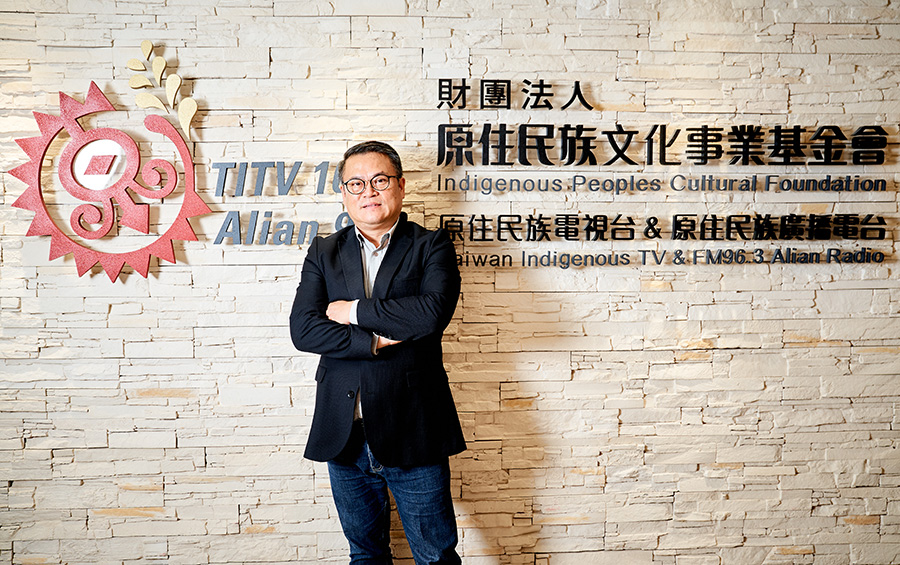The early 1980s marked the budding stage of awareness of Taiwanese indigenous peoples’ rights. Although Taiwan was still under martial law at that time, many indigenous publications began to appear on campus and indigenous intellectuals also marched on the streets. Taiwan ended its martial law in 1987, and bans on newspapers and magazines were lifted; consequently, a large number of media appeared, ushering in an era of knowledge liberation. The movement also provided a platform for the marginalized voice of indigenous peoples to be heard by mainstream media.
During that time, the so-called opposing political party media played an important role in promoting democracy. From the "Give Back Our Land" movement, the name rectification movements, to the current appeals for self-governance and reclaiming traditional land and space, requests of the indigenous peoples have always been closely related to the land. This also shows that, from the Qing dynasty, Japanese Occupation Period, to the Nationalist Government period, the fate of indigenous peoples is mirrored in the gradual loss of their ancestral land.
Established in 1984, the Taiwan Indigenous Rights Promotion Association originally fought for individual identity rights. The Association later expanded to include fighting for the collective sovereignty of the overall Austronesian indigenous peoples, writing a new chapter in indigenous history. In this issue's feature story, we will describe how the indigenous peoples dealt with oppressive ruling power during the Japanese Occupation Period a century ago, and how they began to fight for their own rights against the R.O.C. government.
The late 90s marked the height of indigenous movements. This had to do with the awakening of indigenous self-awareness which mainly manifested in movements related to anti-land possession, fighting for survival rights, and land reclaiming issues. This trend also encouraged indigenous intellectuals to boldly publish newspapers and magazines.
During that period, indigenous peoples finally had a platform to voice their opinions, for example, Tiaban Sasala set up The Indigenous Newspaper, and Lin Ming-de started The Austronesian Times. These marked important milestones in the history of Taiwan media. The publications documented a lot of important indigenous literature, and are important data sources when reconstructing an indigenous-perspective history and knowledge system. Unfortunately, the number of indigenous magazines and monthly publications gradually decreased after 2000.
In 2008, indigenous peoples once again stood up to defend their dignity: individuals throughout Taiwan came together to voice their frustration on the loss of land, autonomy, dignity, and survival rights. Other issues, such as the Katratripulr Community appealing for hunting rights, and Sanying and Xizhou communities fighting for their land rights after being forcibly relocated, also attracted hundreds of community members who traveled to Taipei and participated in the marches, marking a significant moment in the resurgence of indigenous movements.
And in 2017, there was the traditional space reclamation movement "No one is an outsider". Indigenous movements have been done in various forms throughout history, and in this era of change, we have indeed stirred up a lot of attention.
Acting CEO, Indigenous Peoples Cultural Foundation






